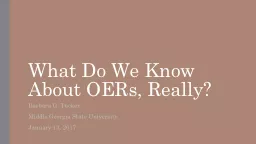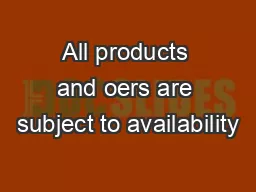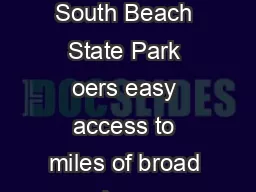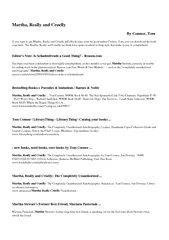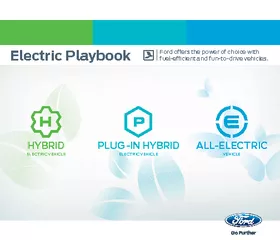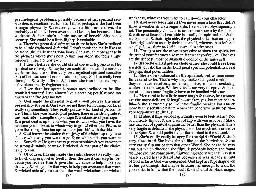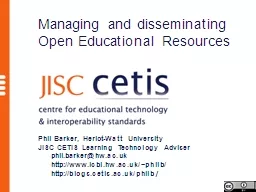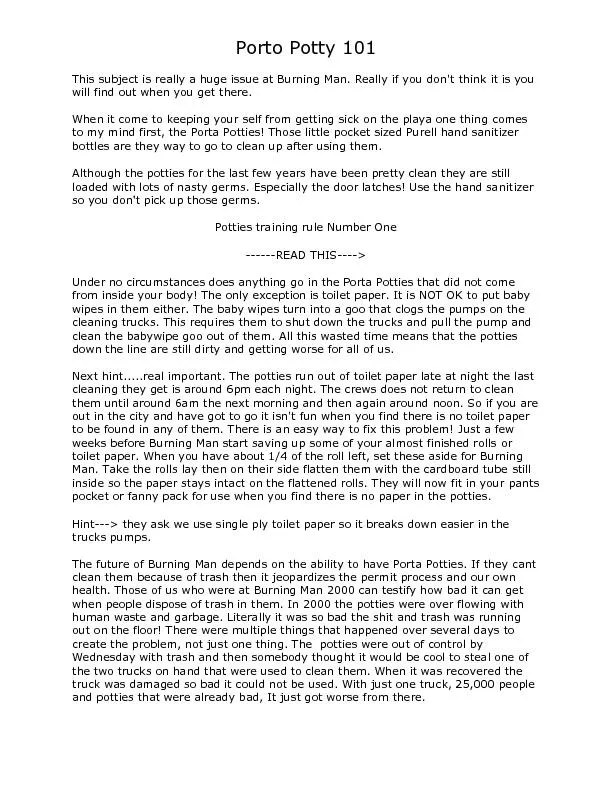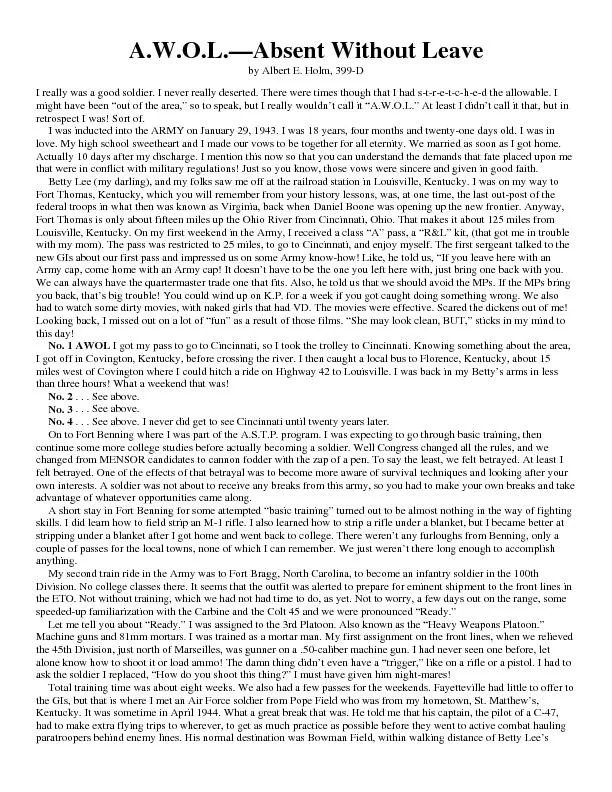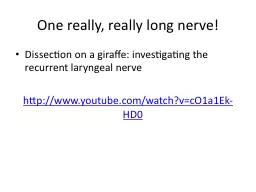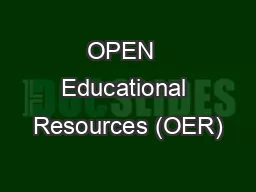PPT-What Do We Know About OERs, Really?
Author : min-jolicoeur | Published Date : 2017-08-27
Barbara G Tucker Middle Georgia State University January 13 2017 A lot in terms of How to do it Who is doing it Where its being done The technologies The promises
Presentation Embed Code
Download Presentation
Download Presentation The PPT/PDF document "What Do We Know About OERs, Really?" is the property of its rightful owner. Permission is granted to download and print the materials on this website for personal, non-commercial use only, and to display it on your personal computer provided you do not modify the materials and that you retain all copyright notices contained in the materials. By downloading content from our website, you accept the terms of this agreement.
What Do We Know About OERs, Really?: Transcript
Download Rules Of Document
"What Do We Know About OERs, Really?"The content belongs to its owner. You may download and print it for personal use, without modification, and keep all copyright notices. By downloading, you agree to these terms.
Related Documents

